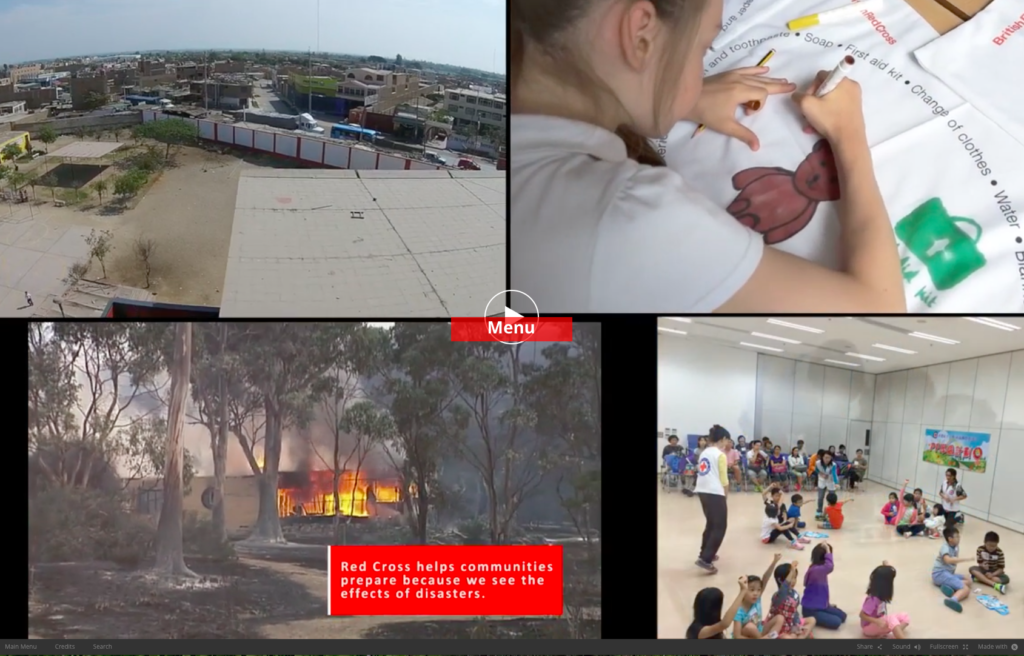global pillowcase project-idoc
Category Archives: Capacity Building
UBELONG/ Cusco Research Expedition Video Report: Intro
UBELONG partnered with Quimera to make video a part of their qualitative research toolkit during UBELONG’s Cusco Research Expedition. Quimera provided the team with some basic training prior to departure then it was up to the team to manage in the field. With a crazy schedule, packed with research and volunteering responsibilities, the team did a great job of documenting the expedition, capturing individual interviews, describing the process, initial thoughts, and overall experiences. While the camera rotated between team members the majority of the footage was shot by co-expedition team leader, and UBELONG Co-Founder, Raul Roman, a master behind the camera. Upon the team’s return to DC Quimera took the raw footage and edited the material into a video report which mirrored the same basic structure as the text-report.
UBELONG/ Cusco Research Expedition Video Report: Final Thoughts
More on UBELONG and their research expedition to Cusco, Peru.
SAIS/ Johns Hopkins: Video in Practical Research Methods
Professor Raul Roman, also Co-Founder of UBELONG, has invited me in to his class on Research Methods for a number of semesters to discuss the use of video in qualitative research and evaluation. Here’s a video we did from the very first time I came to class… lots of fun, and the students were fantastic.
UN Population Fund/ African Youth Alliance Video Report: M&E
UN Population Fund/African Youth Alliance Video Report: Botswana
In 2005 Quimera worked with the Director of Research at the UN Population Fund and their African Youth Alliance Program (AYA) to develop a project evaluation video report as part of program close-out and project documentation. As one of the first UNFPA projects designed as a full partnership with youth program leadership wanted to understand the impacts of youth participation on the project. Through a list serve Quimera was a resource for in-country project youth teams, offering training and support related to audio and visual production and interviewing. In-country youth teams conducted and filmed interviews and focus groups, sending all raw footage to Quimera for editing into a final video report.
Latin American Youth Center: Tobacco Prevention
Quimera worked with a team of young people from LAYC to develop a community intervention to help decrease tobacco sales to minors. The strategy included the development of an educational video, conceptualized, produced and edited by the youth team. Quimera trained the team in basics of documentary film making, concept development, interviewing techniques, production and editing, guiding the team through the entire process. The team then took their educational video out to the community, targeting neighborhood shopkeepers, owners and employees, letting them better understand the health risks to young people from smoking as well as the local laws (and penalties) regulating tobacco sales to minors.
This is a snippet from the video report created by Quimera following the team throughout the project. The full version of the project video can be seen here.

